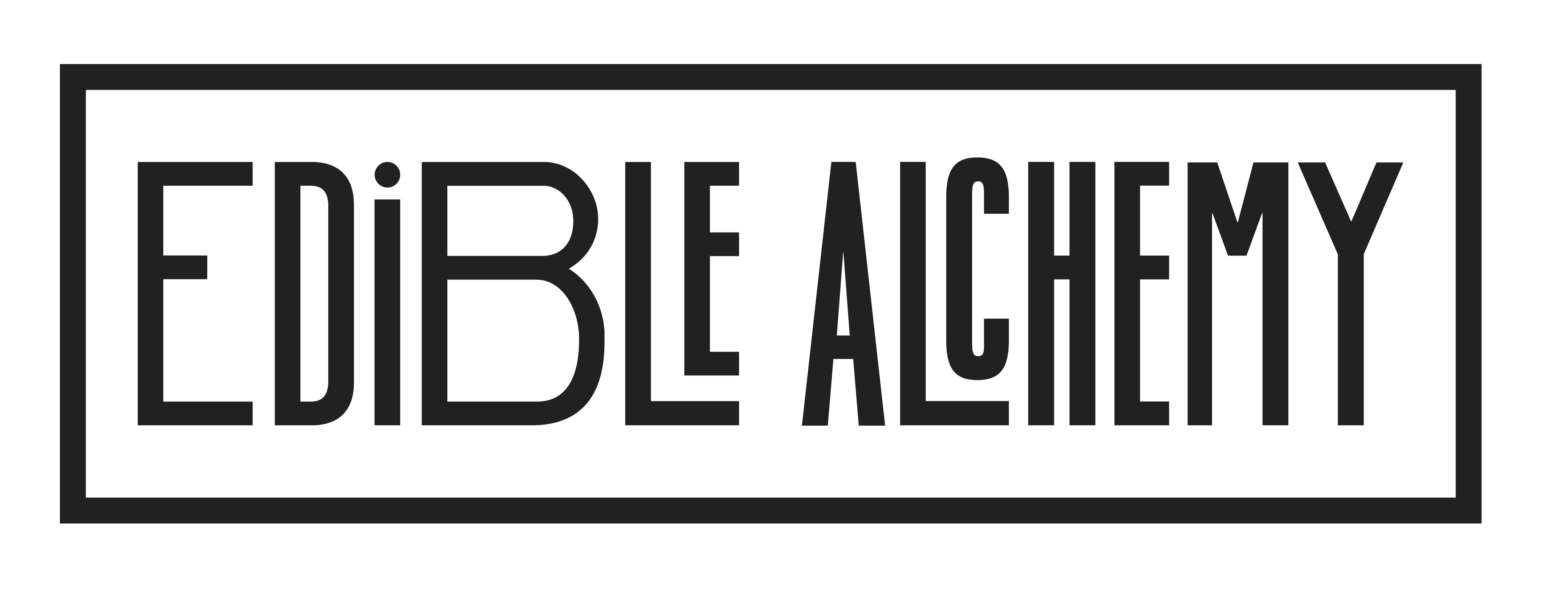While eating food can be for pleasure, your body also relies on the nutrients you are feeding it for optimal functioning. Bioavailability represents the percentage of nutrients in your food that are able to be processed by your body and used for functioning when you eat.
While macronutrients (such as carbohydrates) are typically very bioavailable, small nutrients such as vitamins and minerals are often less bioavailable for your body to absorb and use.
Fermentation can help to “unlock” the nutrients of these foods, causing important cellular changes to occur and allowing your body to better absorb and use the nutrients.
From iron, to zinc, to magnesium, fermented foods offer a valuable resource for your body to receive the nutrients it needs from the food you eat.
In a study conducted in 2016, researchers studied the bioavailability of iron in fermented foods. Specifically, iron bioavailability was found to be greater in lactic acid fermented vegetables than in fresh vegetables; lactic acid fermentation is common in diets around the world in foods such as sauerkraut, kefir, and yogurt (Scheers et. al., 2016).
Through measuring iron absorption in the blood of 17 test subjects after feeding them fermented vegetables or fresh vegetables, the researchers found that fractional iron absorption increased by approximately 100% when fermented vegetables were eaten instead of fresh vegetables.
Iron is important for your body because it contributes to the production of hemoglobin, which is a vital component of your blood for carrying oxygen (Cole, 2014).
Therefore, eating lactic acid fermented foods can help your body get the iron it needs to properly function and thrive.
Furthermore, zinc is an important micronutrient and zinc deficiency can be a problem, especially for vegetarians (Lazarte et. al., 2015).
Zinc is incredibly important in your body’s immune system, as it helps fight off bacteria and viruses and is necessary for the creation of proteins in your body (Office of Dietary Supplements, 2016).
Therefore, if your diet does not supply enough zinc (which is especially common for vegetarians, as they don’t eat red meat), this can be an issue for your health.
Phytate, an antioxidant, provides another issue for zinc absorption, as phytates can bind to zinc and prevent absorption into your body.
A study in 2015 looked at the effects of fermentation on cassava, which is a tuber, as its high levels of phytates can prevent absorption of zinc. They tested zinc absorption in rats, as the use of model organisms can be helpful for understanding scientific developments prior to human testing, and they measured zinc levels in the blood after feeding them a fermented cassava flour diet. This study found that fermentation increases the bioavailability of nutrients also, as zinc absorption on the fermented diet increased by 240% from the non-fermented cassava diet (Lazarte et. al., 2015).
Furthermore, phytate levels decreased by 90.2% when the cassava was fermented, which likely contributed to the zinc bioavailability.
Overall, this study is another example of how fermentation of food can increase the bioavailability of important micronutrients in our diet.
Finally, these effects even occur in bread, as sourdough is a type of fermented food. As discussed above, phytates can pose an issue for bioavailability of minerals in food, including breads. However, researchers found that phytate contents in sourdough and yeast bread were at least 50% less than in reconstituted whole wheat flour, again showing the beneficial effects of fermentation on reducing phytate concentration (Lopez et. al., 2003).
Sourdough bread also lead to maximal zinc and iron absorption (compared to yeast, reconstituted whole wheat, and a control diet without any of these types of grains).
Magnesium absorption from consuming sourdough bread was also greater than from consuming yeast or reconstituted whole wheat bread.
This study is yet another example of how fermented foods can help your body maximize its mineral absorption, unlocking your foods’ nutritional potential.
Overall, fermented foods can be beneficial additions to your diet. Because of the chemical processes that occur in fermentation, the micronutrients in your food are “unlocked” and their bioavailability (or ability of your body to absorb and use them) is increased. Fermented foods are not only delicious but can also be valuable for your health!
Edible Alchemy has connected with Minerva University science students to bring more science, understanding and ideas to the community. Let us know what you want to know about! Let’s get deep into the subject of fermentation, the microbiome and probiotics.

References
Cole, C. (2014). Why is Iron Important in My Diet?. Retrieved from
http://www.med.umich.edu/cancer/files/why-is-iron-important.pdf
Lazarte, C. E., Vargas, M., & Granfeldt, Y. (2015). Zinc bioavailability in rats fed a plant-based diet: a study of fermentation and zinc supplementation. Food & nutrition research, 59( 1), 27796.
Lopez, H. W., Duclos, V., Coudray, C., Krespine, V., Feillet-Coudray, C., Messager, A., … & Rémésy, C. (2003). Making bread with sourdough improves mineral bioavailability from reconstituted whole wheat flour in rats. Nutrition, 19(6), 524-530.
Office of Dietary Supplements – Zinc. (2016). Ods.od.nih.gov. Retrieved 28 November 2018, from https://ods.od.nih.gov/factsheets/Zinc-Consumer/
Scheers, N., Rossander-Hulthen, L., Torsdottir, I., & Sandberg, A. S. (2016). Increased iron bioavailability from lactic-fermented vegetables is likely an effect of promoting the formation of ferric iron (Fe 3+). European journal of nutrition, 55(1), 373-382.
ext. Lorem ipsum dolor sit amet, consectetur adipiscing elit. Ut elit tellus, luctus nec ullamcorper mattis, pulvinar dapibus leo.



